What is UX Design?
In the world of design, there is an entire field devoted to “User Experience,” called “UX.” People often refer to UX design when talking about websites and apps, but user experience also encompasses the experience felt when using a physical product or seeing a graphic design.
What problem does the user have that I am going to solve with this message?
Designers try to think strategically about every aspect of an end user’s perspective while interacting with the services, products, and platforms we create. We frame every design decision toward the “how” of interactivity – font choice, text placement, how much text, spacing, imagery, color, navigation functionality, negative space, etc.
We try consider every angle of a marketing piece, whether it’s how straightforward checkout is on a website, the natural information flow of a brochure, or the placement of an ad within a magazine, and think about how the user will interact with it. Where are they coming from? What problem does the user have that I am going to solve with this message? In a nutshell, UX design is all about keeping the end user’s experience at the forefront of the design process.
While something might be beautiful, if it’s not functional and adaptive, it will not work long-term. But if it is functional and not beautiful, the right people probably aren’t ever going to see it, so we always have to strike a delicate balance. The goal of UX design is to create an experience that is functional, useful, and enjoyable for the user. There are three primary factors to consider when creating a user-centered experience – usability, look, and feel.
Usability – How easy is it for a user to interact with the product or service?
Look – How visually appealing is the product or service?
Feel – How functional and pleasurable is the experience with the product or service?
What is the difference between graphic design and UX design?
UX designers and graphic designers share similar skills such a creative thinking, emotional design, and attention to detail that can serve as a launchpad into successful user experience in a product or service. But there are differences in the workflow that can seem like a big switch.
The UX design process doesn’t have a single ideation phase. Instead, there is an iterative problem-solving process. Typically, the design process is linear in graphic design. The ideation phase occurs at the start and serves as a blueprint for the final design. In UX design, using a design process that is user-centric calls for reiterations of the design at several steps: before ideation, user research is conducted, analysis occurs to identify design opportunities, a design is conceptualized, the design is implemented during prototyping, and lastly, users evaluate and test the design during the validation phase.
Essentially, UX design is involved at every stage of user interaction, not just the ones you can see. From research to wireframing, UX design creates the building blocks for great user experience and assembles them too. Graphic designers innately use human-centered design, but UX design takes the concept one step further with critical problem solving. What does the user need? What is something they want but aren’t getting out of the product? How can we do this better?
UX enables designers to identify what creates a positive experience and what creates a negative experience for users. It allows us to anticipate users’ needs and give them what they want without having to ask for it. UX design is the never-ending process of creating a meaningful user journey that helps them commit to a product or service.
As the design industry continues to evolve, one thing stays constant: we’re all about keeping end users at the center of everything we create.

